Demonstration State Forests
14 forests. 85,000 acres. Teaching us how to care for California’s timberlands.
California’s forests are iconic. From the coastal redwoods, to the high sierra conifers, and giant sequoia’s, these forests help define our state. Learning how to care for these treasures for the people of California is why the Demonstration State Forests exist. These forests represent the most common forest types in California and serve as a living laboratory for how to care for California’s timberlands. The forests produce multiple benefits: wood products and timber production, recreation, watershed protection and habitat restoration.
What is being demonstrated?
The Demonstration State Forests highlight an effective way to balance the harvesting and growth of forests over a century, thereby promoting sustainability. On a smaller scale, these same sites are being used as testing grounds for new watershed restoration methods and scientific research that enables us all to gain insight into forest ecosystems and management. By utilizing what's learned here we can ensure our forests stay healthy for years to come!
Why do these forests matter?
Demonstration State Forests offer a special opportunity to conduct research on different forest management practices - providing key knowledge that can be used by the forestry industry. Not only do these forests matter for government-owned areas, but their findings are essential in informing private owners of California's 40% privately owned forest land across the state.
Find your Forest
Research and Demonstration
Recreation
Sustainable Timber
Jackson
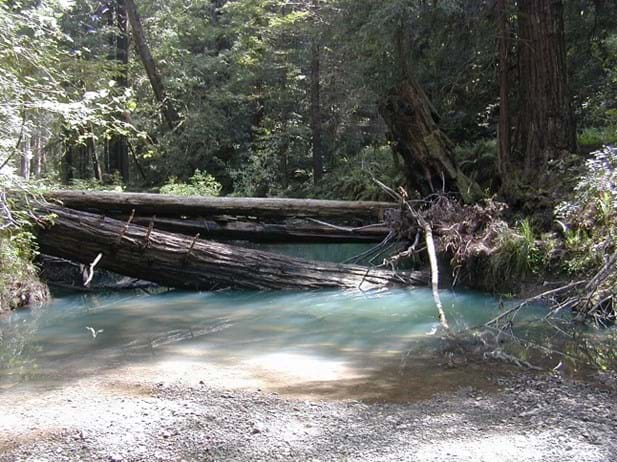
Boggs Mountain
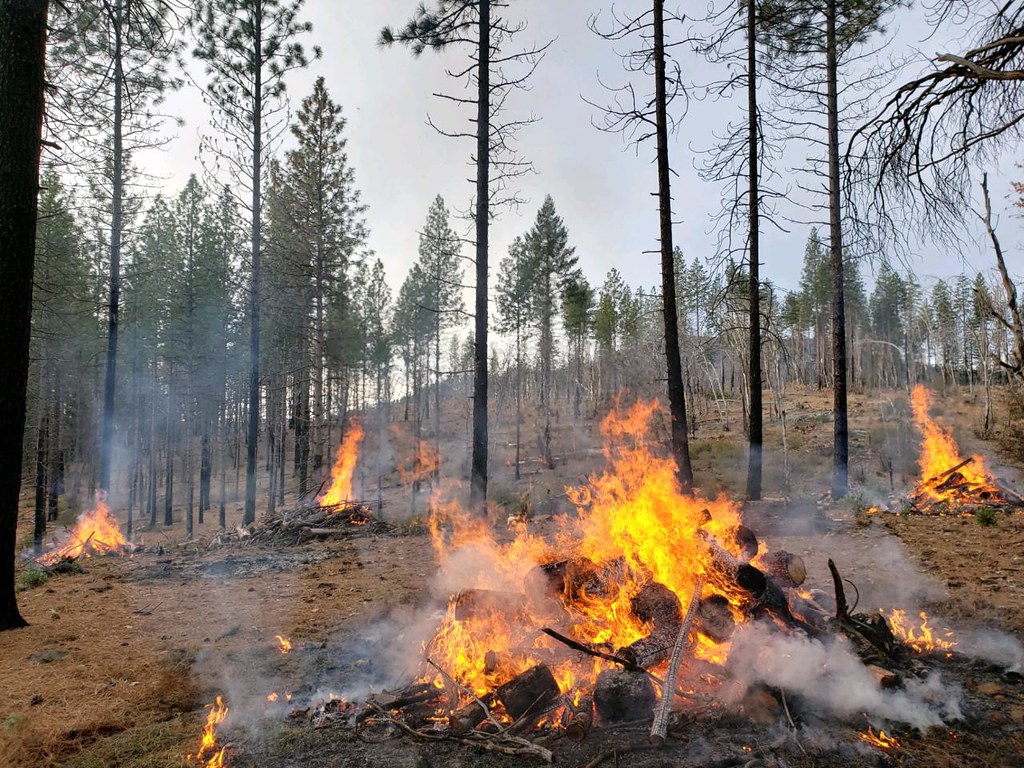
Soquel
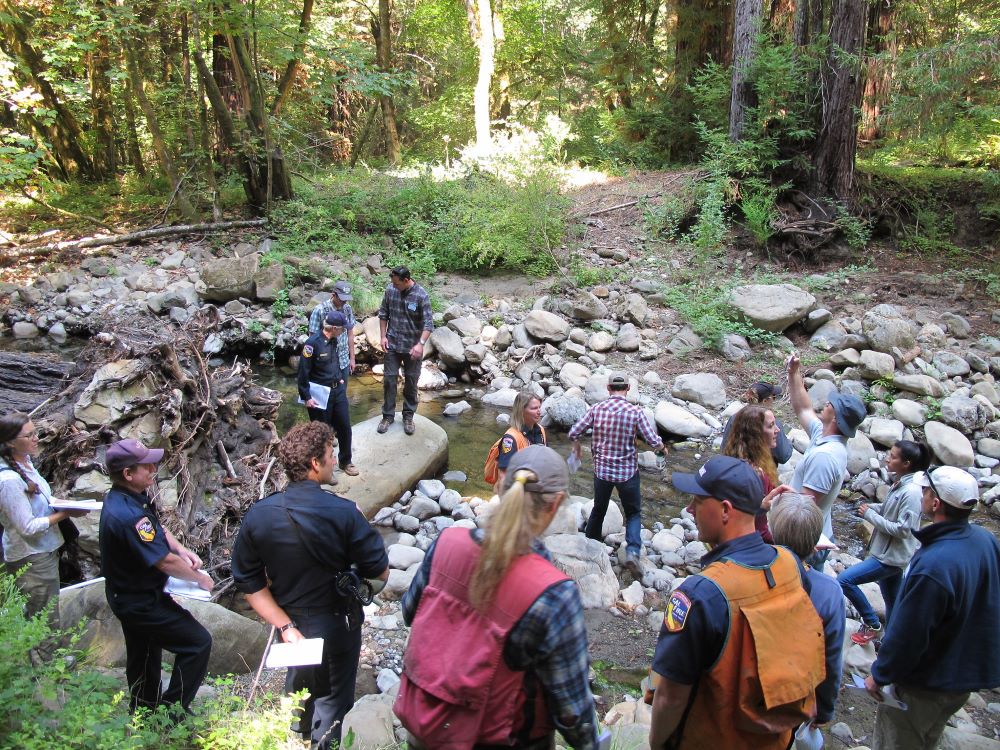
LaTour
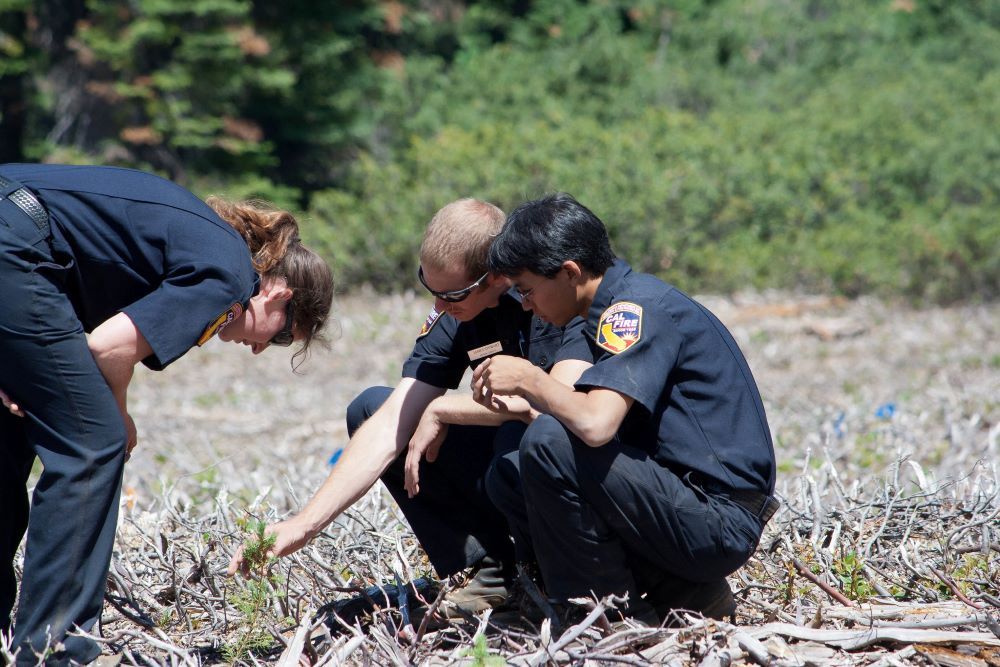
Mountain Home
- Established: 1946
- Area: 5,069 acres
- Elevation: 4,800 – 7,600 ft
- Precipitation: 42 inches per year
- Temperature: Max: 78 - 45 F - Min: 45 - 25 F
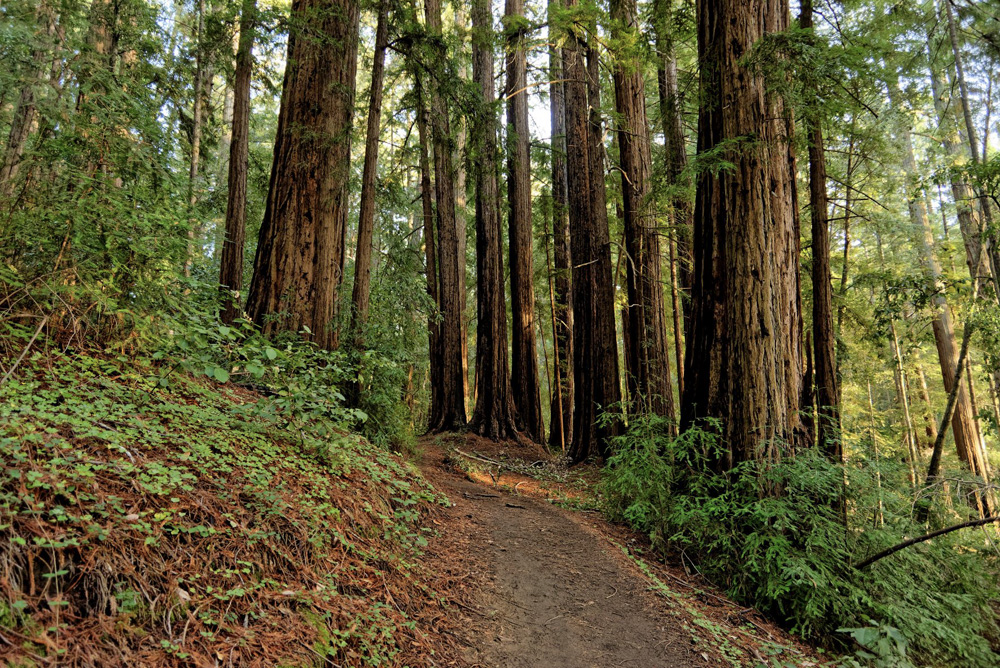
- The California Department of Forestry and Fire Protection (CAL FIRE) operates 14 Demonstration State Forests totaling approximately 85,000 acres. The forests represent the most common forest types in the state. The forests provide research and demonstration opportunities for natural resource management, while providing public recreation opportunities, fish and wildlife habitat, and watershed protection. Common activities on State Forests include: experimental timber harvesting techniques, watershed restoration, mushroom collecting, hunting, firewood gathering, cone collecting for seed, a variety of university research projects, horseback riding, camping, mountain biking, and hiking.
- State Forest Overview Map
- The Board of Forestry and Fire Protection (Board) policy provides that the State Forests shall be used for experimentation to determine the economic feasibility of artificial reforestation, and to demonstrate the productive and economic possibilities of good forest practices toward maintaining forest crop land in a productive condition. The management objectives and plans developed for each State Forest are subject to periodic review and approval by the Board.
- Statutory: Section 4631 of the Public Resources Code states that it is in the interest of the welfare of the people of this state and their industries and other activities involving the use of wood and other forest products that desirable cutover forest lands be made fully productive and that the holding and reforestation of such lands is a necessary measure. Section 4631.5 provides that the state shall retain the existing land base of state forests in timber production for research and demonstration purposes.
- The department, in accordance with plans approved by the board, may engage in the management, protection, and reforestation of state forests (PRC 4645) where "management: means the handling of forest crop and forest soil so as to achieve maximum sustained production of high-quality forest products while giving consideration to values relating to recreation, watershed, wildlife, range and forage, fisheries, and aesthetic enjoyment (4639).
- The Governor’s Wildfire and Forest Resilience Action Plan highlights managed, working forests and timber harvest as an essential tool to restore the wildfire resiliency and carbon sequestration potential of California forests. California’s Demonstration State Forests, including Jackson, are working forests that provide research and demonstration opportunities to answer some of the most difficult questions about managing forests in the face of climate change, while at the same time providing public recreation opportunities, preserving fish and wildlife habitat, and protecting key watersheds. Maintaining Jackson as a living laboratory to research and demonstrate the wildfire resilience and safe carbon storage of managed, working forests is integral to learning how to restore California forests.
- Wildfire and Forest Resilience Action Plan
- Revenue generated from timber harvesting on the Demonstration State Forests by law is required to be spent on the Demonstration State Forests. It cannot be spent on other things such as firefighting. The revenue from timber harvesting on the Demonstration State Forests funds a quality and quantity of recreation experiences well above what you will typically find on public lands. Timber harvest revenue provides funds for research, infrastructure, recreation and administration.
PO Box 944246 Sacramento, CA 94244-2460
Kevin.Conway@fire.ca.gov
(530) 339-0286